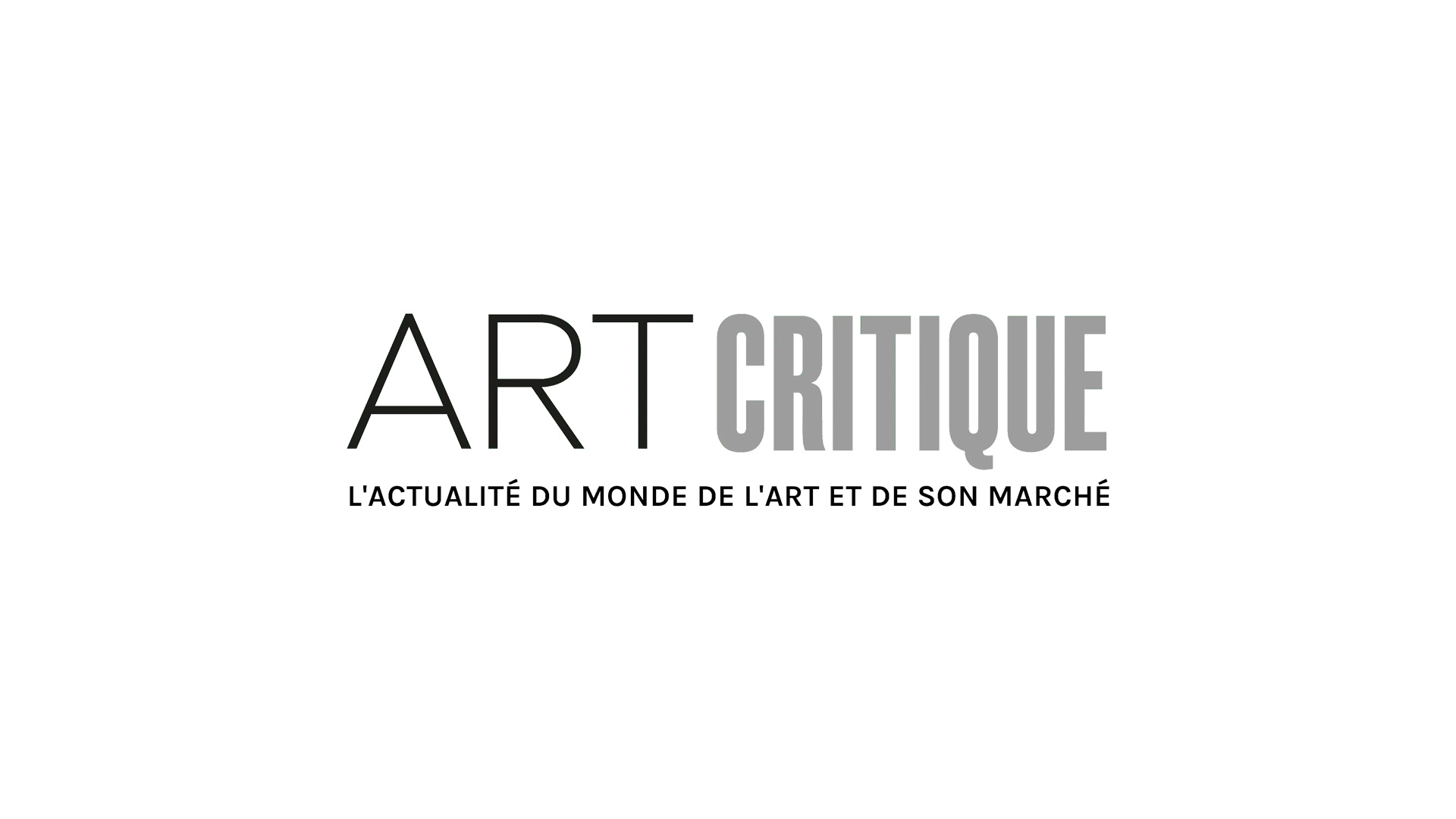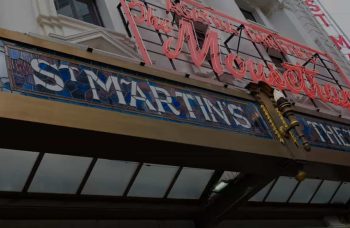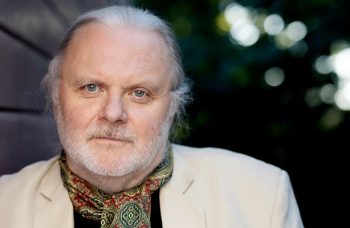July 11th marked another annual World Fringe Day, the celebration of Fringe Festivals internationally. An important means for artists to develop themselves and find audiences, as well as homes for many touring artists, it’s easy to understand why Fringe Festivals receive such devoted attention from those who participate and organize the events. For the uninitiated, Fringe Festivals are arts festivals- focussed on theatre but often involving many art forms- that seek to give a platform to independent, experimental, and alternative artists that otherwise exist on the “fringes” of the professional art world. The pervasiveness of Fringe Festivals in theatre communities the world over make it easy to take for granted at times the ability for artists outside rigid, traditional circles to hold court with the public. But a look at the history of Fringe Festivals shows that it was a long time for there to be such available platforms for artists on the fringes of theatre.
The birthplace of Fringe was Edinburgh, where in 1947, the inaugural Edinburgh International Festival was slated to happen in an effort to repair some of the post-war wounds on the publics collective psyche. It was to be a curated celebration of classical music and other arts on the most dedicated scale since pre-war times, an attempt to return to some form of normalcy within the creative spirit. And with such an endeavour being one of the first of its kind post-war, it was inevitable that artists from outside those invited would take note. Several theatre companies showed up uninvited to the festivities, and with the selected artists and events taking up all the major venues of the city, they decided to take up unconventional spaces to host their “semi-official” productions for the festival.
The actions of these artists were indicative of a lot of Fringe’s spirit, and highlight issues of non-commercial artists to this day. While there is certainly some positivity to be said of thoroughly vetted and curated line ups for artistic festivals, it goes without saying that there is a culture of elitism and closed circles when it comes to these selection processes. Many larger artistic spaces that have had some longevity (and that struggle to maintain it) choose “safe” decisions for their programming, opting for well known works or those coming out of esteemed educational institutions rather than boundary pushing works of alternative voices and those left outside of major platforms. With this small group’s decision to add their works to the public eye in a curated event, they set the stage for what Fringe would become.
Throughout the 1950s, formal organization began to take place for the Fringe, still localized in Edinburgh. The festival grew and grew in the coming decades, outpacing the volunteers and students that had facilitated it in the start. It was some time before the Fringe would cross the pond to North America, but in the 1980s, the first North American Fringe would be hosted in Edmonton, Alberta, the largest and longest running Fringe Festival in the nation to this day. The concept of accessible art for both participants and the public around the world easily caught on, over 250 Fringe Festivals now being put on globally. Throughout the 2000s and 2010s, Holly Lombardo began to develop a network that would the many Fringes now being put on throughout the world, and launched World Fringe as an organization to help maintain the ideals of this once small festival.
While for many of the attendees, Fringe is a chance to see a lot of wonderful (and wonderfully terrible) theatre in a short time span without breaking the bank, for artists it can be the start of their flourishing. Fringe being an unjuried platform, people can take risks they might not have any other avenue for, and allow their expression to be first and foremost as opposed to appeasing a jury’s checklist. For many, it’s a big step in finding their creative voice and bringing their art to further opportunities. And thanks to a handful of people crashing the biggest festival since their pre-war days, artists the world over have the chance to tell the public “Hey, I’m here too.”





